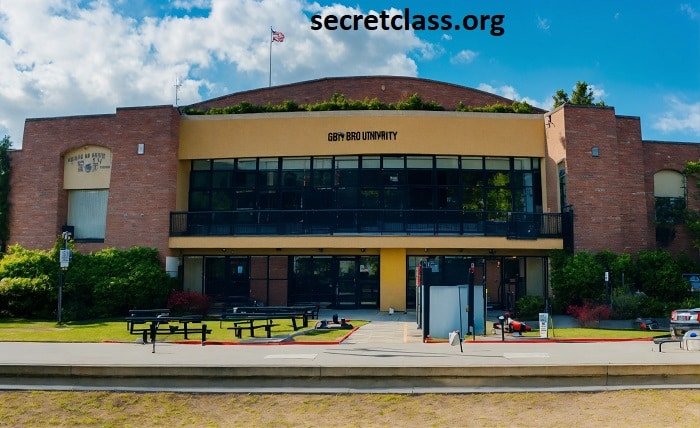In Spain, the “Instituto de Educación Secundaria” (IES), translates to Secondary Education Institute and is the cornerstone of the country’s secondary education system. For those unfamiliar with the Spanish educational landscape, navigating the IES system can be confusing. This blog post aims to be your one-stop guide, providing a comprehensive overview of what an IES is, what it offers, and how it functions.
What is an Instituto de Educación Secundaria
An IES is a public secondary school in Spain catering to students between the ages of 12 and 18. It provides compulsory education through “Educación Secundaria Obligatoria” (ESO), which lasts four years, and optional post-compulsory programs like “Bachillerato” (Baccalaureate) and vocational training programs.
What are the Different Programs Offered at an IES?
Educación Secundaria Obligatoria (ESO): This four-year compulsory program lays the foundation for future studies, focusing on core subjects like mathematics, language, science, social sciences, and physical education.
Bachillerato: This two-year upper secondary program prepares students for university entrance exams and offers specializations in areas like Humanities, Sciences, and Technology.
Formación Profesional (Vocational Training): These programs provide job-specific skills and qualifications in various sectors, preparing students for direct entry into the workforce.
What to Expect at an IES?
The academic year at an IES typically runs from September to June. Here’s a glimpse into what student life is like:
Class Structure: Classes are teacher-centered, with an emphasis on lectures, discussions, and written assignments.
Subjects: The curriculum is standardized across Spain, ensuring a consistent educational foundation.
Extracurricular Activities: Many IES offer extracurricular activities like sports clubs, theater groups, and student councils.
The Role of Teachers in an IES
Teachers in Spanish secondary schools are highly qualified professionals who play a crucial role in student development. They are responsible for delivering instruction, assessing student progress, and providing guidance and support.
Admission Process for an IES
Admission to an IES is generally based on geographical proximity to the school. However, some schools with high demand might have additional selection criteria.
Conclusion
The Instituto de Educación Secundaria plays a vital role in shaping the future of Spanish youth. Understanding the educational programs, structure, and everyday life at an IES empowers parents and students to navigate this crucial stage of education. By providing a comprehensive and accessible secondary education, IES contribute significantly to Spain’s skilled workforce and a well-informed citizenry.
FAQ
- Is there a uniform at an IES?
Uniform policies vary across schools, with some requiring formal attire and others opting for a more relaxed dress code.
- What are the benefits of attending an IES?
IES offer a well-rounded education, preparing students for further studies or immediate entry into the workforce. The emphasis on core subjects strengthens foundational knowledge, while specialized programs cater to diverse student aspirations.
- Can international students attend an IES?
Yes, international students can attend an IES, although language proficiency might be required.
